KUANG, Feb 21 — Abdul Rani Wahab (or Uncle Rani) cracks the egg — lukewarm, as it was just collected from the barn — firmly against a saucer. The yolk, a bold shade of yellow, drops into the centre of a pool of thick albumen, encircled by an opaque white. He lifts the saucer to show me the side view and points out how the yolk rises above the white, like the sun over the horizon. That, he says, is a sign of how fresh the egg is. He then scoops the yolk into his bare fingers, drops it into his mouth and grins. “See? The yolk is solid enough to be separated by hand, and you can eat it raw... there is no smell.”

We are chatting on the porch of a Chinese new village-style house where a couple of red lanterns hang by a cut-out of a comical chicken with a name and number written on it. This is the “signboard” for Uncle Rani Chicken Farm, which sits on five acres of land deep within Kampung Gombak in Sungai Buloh, a bucolic village where narrow but neatly tarred roads wind past single-storey homes and pockets of green.
Uncle Rani set up his poultry venture here five years ago. A mechanical engineer by profession, he wanted to escape the drudgery of the corporate world and decided to switch to food production. Chicken was an obvious choice. “It’s one of the most popular foods around and the price is stable. In Wilayah Persekutuan alone, the consumption rate is 1.5 million chickens a day.”
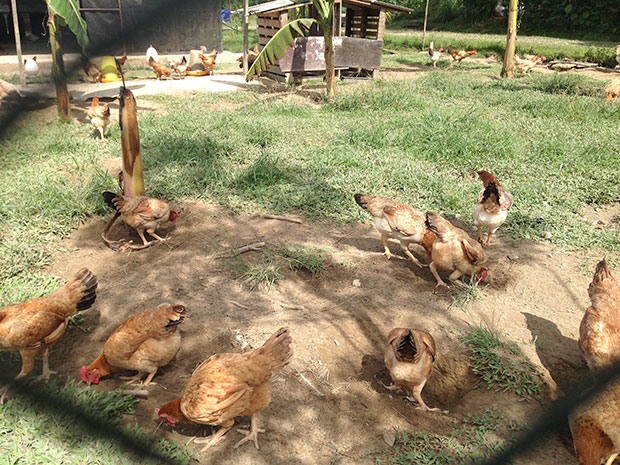
It wasn’t, however, the potential revenue that attracted Uncle Rani to put his heart and soul into running a chicken farm. His aim was to find the solution to a most fundamental question: How healthy is our food? In order to cope with high demands, most breeders will slaughter their chickens at around 30 days old. At that tender age, the chooks can barely provide adequate nutrition to the consumer. We’re thus eating chickens for the sake of satiating hunger but at the expense of our wellbeing.
Moreover, most poultry farms in Malaysia rear chickens on a corn-based diet and corn is an ingredient we import from the USA. “What happens if the USA decides to cut ties with us? Where would we get our corn? What would we feed our chickens?” says Uncle Rani. Far from pointing fingers at chicken breeders (“We must be grateful to them because they produce food that keeps us alive”), he made it his aim to find a way of reducing our reliance on imported feed.

Before the farm came into fruition, he spent two years researching and poring over data on chicken rearing, farming and consumption patterns. A series of trials and errors ensued as he strived to come up with a way of raising chickens that is locally sustainable and would provide not only the yield needed but also the health benefits of consuming this important source of protein.

Culling from his background and past experience, Uncle Rani essentially set about engineering an alternative way to produce healthier and better-tasting chickens. And it begins, he says, with the feed itself. “It’s not about the species or type of chickens but what they eat that will determine how it tastes when cooked. Back in the day, when grandmothers commonly kept chickens in their backyards, the birds were free ranging and grew up on all-natural diets, usually kitchen wastes and plants or insects they foraged.”
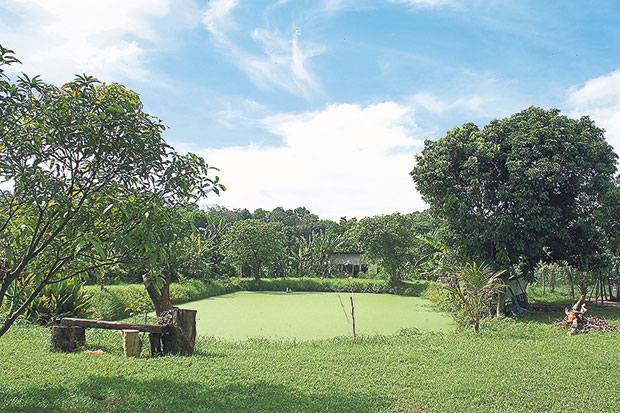
It’s a common grouse to hear people speak of the way chickens used to taste and how difficult it is to get those flavours these days. The logic is simple: We are what we eat, as are the chickens. If they’re grown on a diet of processed or GMO food, that’s the kind of protein they end up being — and the kind we eventually put in our bodies.
Going back to basics, Uncle Rani formulated a diet that combines local plants, herbs and fruits that are carefully balanced in terms of carbohydrates and protein levels. Most of those are grown on the farm itself so what you spot as a random herb tree growing near the porch, for example, is actually food for the chickens. In fact, practically everything that grows on premise can or will end up in the feed, which is further fortified with potent sources of nutrition such as fish meal (dried fish ground into powder), chlorine-free seaweed sourced from Sabah and duckweed, a tiny floating vegetable that covers the manmade pond at the farm.
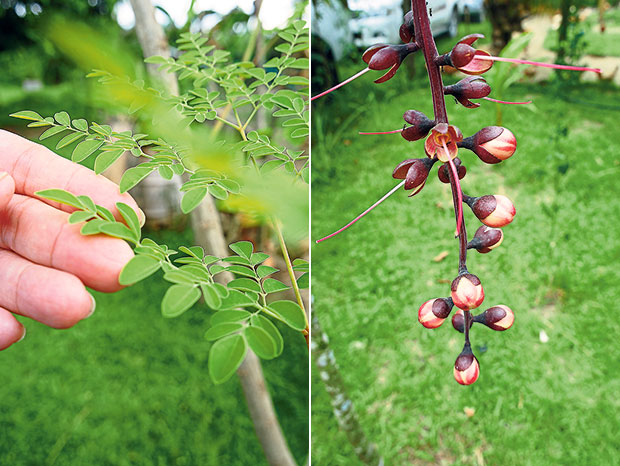

Besides producing healthy and flavoursome chickens, the all-natural diet also means that the birds’ wastes are full of enzymes, which combats odour. That’s the first thing visitors will notice — the absence of putrid smells that plague most animal farms. Walk around and you will also notice how neat and clean the whole place is. Part of that is due to the irrigation system that Uncle Rani has put in place, which includes mud traps and ensures water is channelled off properly and away from the barns.

The chickens roam freely within large fenced up areas, where they can wander between mesh-covered barns with low roofs (designed for optimum ventilation and aids in drying out chicken manure quickly) and gardens with a smattering of plants that they forage among, in between their main meals.
“My vision was to have a farm where I can have a meal while seated next to the chickens, and not worry about smell or dirt,” Uncle Rani explains, and he has since realised that goal. What started out as casual meals among friends on their porch, a few hundred metres from the barns, has now grown into a private dining outfit that’s open to the public and can seat up to 50 guests at a time. His wife manages that aspect of the farm, with two helpers, while Uncle Rani assists as necessary.

On the day of my visit, the white board in the kitchen is full with listings for the day, from lunch all the way through dinner. Uncle Rani does not advertise or have any official online presence but word-of-mouth recommendations alone has brought countless visitors. What keeps people coming back is this: Once you’ve tasted Uncle Rani’s chickens, no other will do.

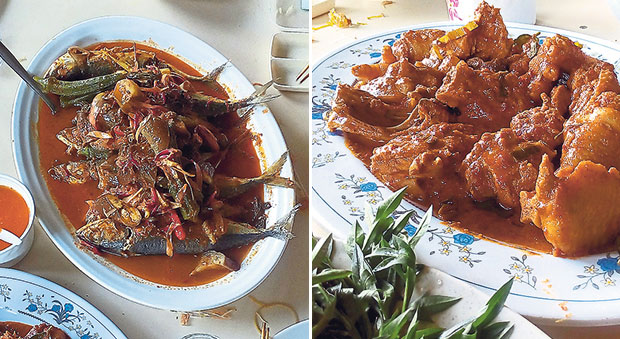
This star protein is served a number of ways, including roasted, steamed with ginger, rendang, curry, fried and masak lemak cili padi. Ask the returning diner and the top recommendation is usually the roast chicken, which is simply seasoned with salt and baked in a broiler. The golden skin is paper-thin and crispy (their chickens have very little fat), and the meat is sweet and full of natural flavour. The highlight is the juice that the bird rests on, which is produced from the cooking process — pure essence of chicken, an umami-rich liquid that you will want to drink by the bowl. Steamed rice accompanies each meal and you can also add on vegetable and fish dishes.
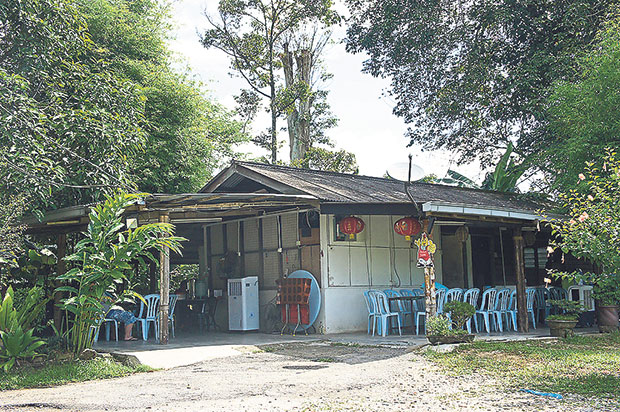
Guests can also pre-order their fresh chickens to cook at home, which are priced at RM20 per kilogramme for regular chickens and RM60 per kilogramme for capons. Weighing 2 kilograms each on average (capons are usually heavier), the birds are at least 160 days old and are slaughtered at a wooden shack a few metres from the nearest barn.
I watched as the workers make light work of the tedious task. The birds are first boiled in a pot and then placed in a machine that spins to remove as many feathers as possible. Any remaining feathers have to be removed manually before the chickens are washed again and then bagged. On a regular day, they may receive up to 50 orders and in the weeks leading to the recent Chinese New Year, that figure doubled.

Guests are free to explore the farm or if Uncle Rani is free, ask him for a tour and he will happily oblige as he believes that knowledge, if contained, is useless. “We’re transparent about what we do, I welcome people to come and look around. I want people to be engaged emotionally... we need to change mindsets, people have to start thinking about food differently,” he emphasises.
That is how he hopes to grow his brand and not “just stick a label on things”, which is why he doesn’t supply to restaurants although a few big names have come knocking on his farm gate. “I can’t supply in bulk, I’m just a small player. I also have to insist on COD because everything comes out of my own pocket.”
The current farm is only the pilot phase, and Uncle Rani is already working on the follow-up. A short stroll from the barns, two covered sheds are being prepped to become worm composting sites to produce fertiliser that will further enhance the soil and plant growth. In short, he wants to cultivate more crops to feed more chickens.

“As I’ve said, it starts from the feed... for this farm to expand, I need to first make sure there is enough food for them.”
Eventually, Uncle Rani hopes to establish a tourism aspect to the farm as well, a place where children can come and learn about poultry farming. Or in the case of many urban young, to see real chickens that run around, not pink slabs of meat wrapped in plastic. They may also learn some natural remedies, such as how to treat chickens with fever or swelling caused by mosquito bites. “Crush ginger, lemongrass and garlic into a paste and rub all over their faces to bring temperatures or swelling down,” Uncle Rani shares.
It’s the kind of intimate know-how that can only come from someone who lives, breathes, thinks, eats, and rears chickens day in and day out, all executed in accordance with halal principles. That, Uncle Rani explains, is not about religion but “Halal means bersih, or clean...it means that everyone can eat. Our chickens are big, healthy, tastes delicious, live in a clean environment with no strong smell. They’re clean and so good that your body won’t reject it.” And that is the proof in the pudding — or to borrow an engineering term, “proof of concept” — that this engineer has drawn the perfect blueprint for organic chicken farming.
Uncle Rani Chicken Farm
Lot 1280, Lorong Dato Abu Bakar, Kampung Gombak Batu 20, Kuang, Selangor
For dining reservations +6016 227 7011/+6016 410 0856
Note For weekends, it’s best to book at least a week ahead.
Vivian Chong is a freelance writer-editor and a food enthusiast who loves a good roast chicken. Follow her food adventures at http://thisbunnyhops.com
* An earlier version of this article contained an error: The aquatic flowering plant was incorrectly referred to as “duck wheat,” when it is, in fact, “duckweed”. We would like to apologise for the error and it has since been amended.






















